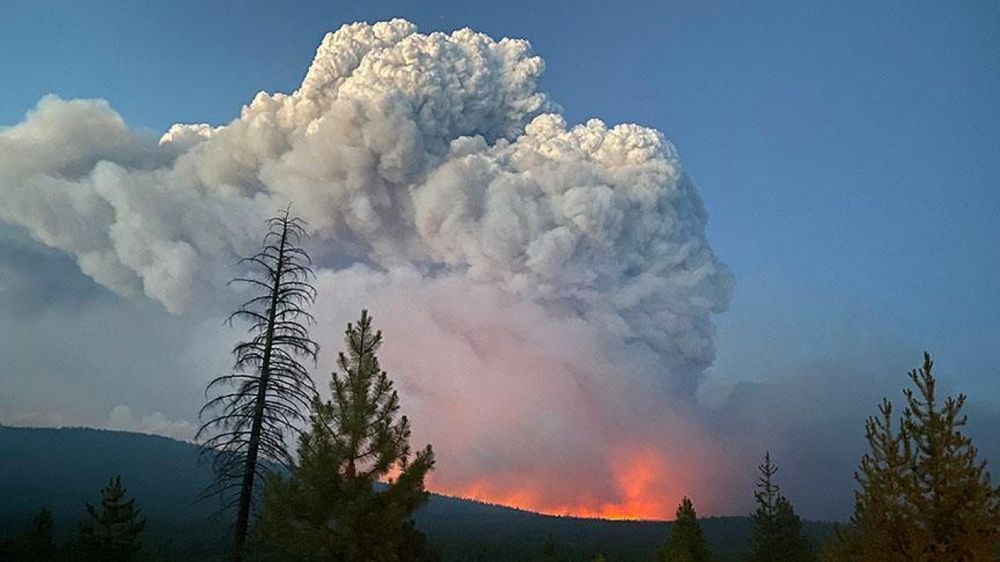Executive Director, University of Oregon Museum of Natural and Cultural History; archaeologist; historical ecologist; author Understanding Imperiled Earth; science communicator
Reposted by Todd J. Braje
Reposted by Todd J. Braje
Reposted by Todd J. Braje

Reposted by Todd J. Braje
Reposted by Todd J. Braje
Reposted by Todd J. Braje

Reposted by Todd J. Braje
Reposted by Todd J. Braje
Reposted by Todd J. Braje













